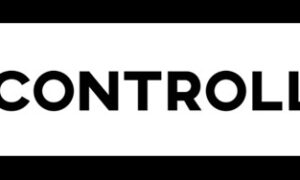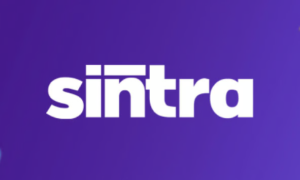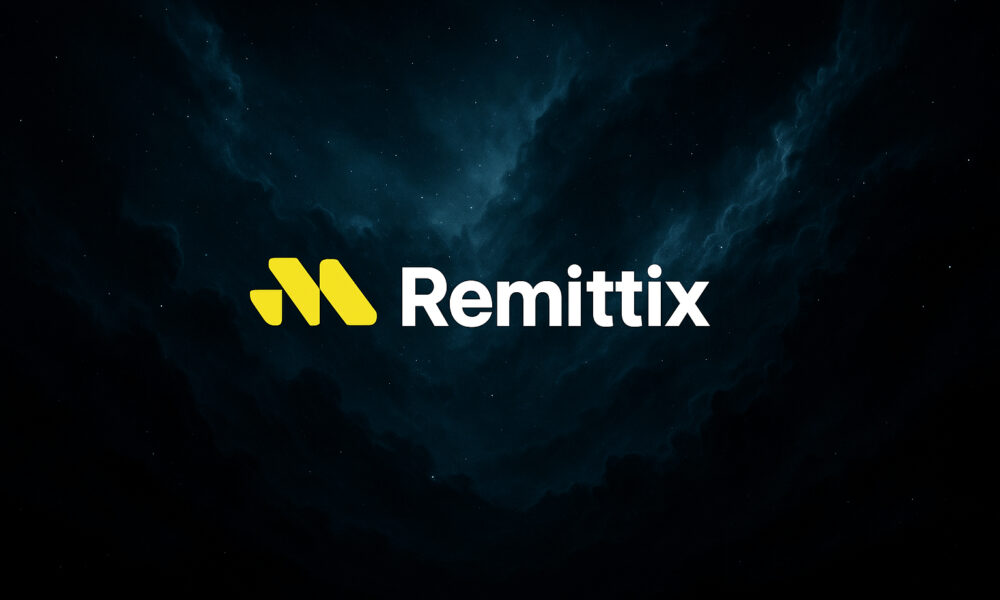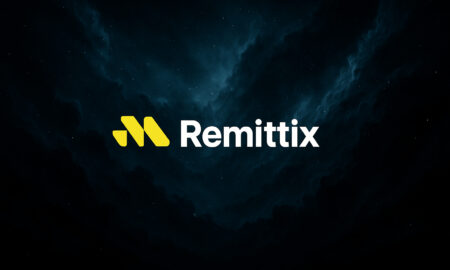Sooner or later, every company finds itself in need of extra funding—whether to cover short-term expenses, fuel growth, or overcome temporary financial hurdles. Fortunately, today’s business owners have a range of financial options to explore, with Merchant Cash Advance (MCA) and traditional business loans being two of the most popular. Both options offer their own advantages and challenges, depending on the situation. To make the right choice, it’s important to understand how each option fits your specific needs, helping you avoid unnecessary risks and secure the best financial outcome.
Definition and Principles of Operation
Merchant Cash Advance (MCA) and traditional business loans are two widely used financing options, but they work in different ways. With MCA, a company receives an upfront cash advance in return for a share of its future revenue. Repayments are automatically taken as a percentage of sales, making payments flexible and tied to the company’s actual earnings. On the other hand, a traditional loan comes with fixed monthly payments and a set interest rate. To qualify, businesses typically need good credit and collateral. MCA is a great fit for companies needing quick, easy access to funds, while traditional loans are better for long-term projects with steady, predictable income.
Comparison of MCA and Traditional Loans
MCA is notable for its fast access to funding, with companies receiving cash within 24-48 hours, unlike traditional loans, which can take weeks or even months for approval. Minimal credit history requirements make MCA more accessible to small firms, though this advantage comes with higher costs. In contrast, traditional loans offer lower interest rates but are only available to organizations with strong credit profiles.
The repayment structures also differ significantly. MCA provides flexible payments that adjust based on revenue, making it ideal for ventures with variable income. However, this flexibility can lead to financial strain during slow sales periods. Traditional loans, with their fixed monthly payments, are better suited for entities with steady income but may become burdensome during economic downturns.
Traditional loans typically require collateral, limiting access for many small firms. MCA, on the other hand, does not require collateral, but this convenience is offset by higher overall expenses. As a result, MCA is best suited for immediate, short-term financing, while traditional loans are a better fit for long-term, stable projects.
Recommendations: Which Option to Choose?
MCA should be considered if your business urgently needs funds to cover short-term expenses, such as purchasing inventory, repairing equipment, or seasonal restocking. It is also suitable if you have an unstable revenue stream or credit history issues that prevent you from obtaining a bank loan. Thanks to its flexible repayments, MCA helps businesses navigate periods of low income without the burden of fixed payment obligations.
To further streamline the process and reduce risks, many businesses use software for MCA. This software helps automate daily deductions, monitor revenue changes, and track repayments, ensuring smooth cash flow management and minimizing errors.
A traditional business loan is a better option if you have a clear plan for long-term investments, such as business expansion, opening new locations, or purchasing expensive equipment. It is ideal for companies with stable income and a good credit history, as it allows access to large amounts of funding on more favorable terms, including lower interest rates and a fixed repayment schedule.
Conclusion
MCA and traditional business loans provide distinct financing solutions, with the best choice depending on your objectives and situation. If your company is dealing with temporary financial difficulties or needs immediate working capital, MCA offers a fast and convenient option. However, its high cost makes it ideal for short-term use. Traditional loans are a better fit for established firms planning long-term investments, as they come with lower interest rates and predictable payments. Evaluating your financial requirements and repayment capacity is essential to make the right choice and minimize unnecessary risks.
Access to funding plays a key role in maintaining stability and fueling growth. Entrepreneurs often face a tough decision when choosing between Merchant Cash Advances (MCA) and traditional loans, as both options come with their own advantages, drawbacks, and conditions. Understanding which one aligns best with your financial situation is crucial to making a smart choice.
This decision is particularly relevant for:
- SMEs that need fast and convenient financing.
- Companies with inconsistent cash flow that struggle with strict bank requirements.
- Organizations looking to finance long-term expansion or manage short-term cash shortages.
In this article, we’ll explore the main differences between MCA and traditional loans, helping you weigh the pros and cons to find the best solution for your needs.
What is MCA?
A Merchant Cash Advance (MCA) is a fast way to secure funding for a company. Unlike a traditional loan, it is not a typical form of borrowing but rather an advance on future revenue. This option is especially popular among small and medium-sized enterprises (SMEs) that need immediate capital but either cannot or do not want to go through lengthy bank procedures.
The process is straightforward: a financing provider gives you a lump sum, and you repay it gradually by surrendering a percentage of your future sales. For example, if you receive $10,000 with a factor rate of 1.3, you will eventually repay $13,000. Payments are deducted daily or weekly and adjust based on revenue—if income drops, payments decrease accordingly.
This financing option has its advantages. First, funds can be accessed very quickly, sometimes within 1-3 days. Second, credit history is not a major factor—MCA is available even to those who might be rejected by banks. Third, repayment is flexible: during slower sales periods, you pay less.
However, there are significant downsides. The most critical issue is cost—MCA is much more expensive than a traditional loan, with considerably higher rates. Since payments are tied to revenue, financial struggles can lead to growing debt and strain on cash flow. Another drawback is regulation—these agreements are not as strictly governed as bank loans, meaning terms may be less transparent.
Overall, MCA is a viable solution for those who need cash urgently and are willing to pay a premium for speed and flexibility. If your revenue stream is stable and you are confident in quick repayment, it might work well. However, if income fluctuates or you require long-term financial support, a traditional loan would likely be a safer and more cost-effective option.
Comparison of MCA and Traditional Loans
The choice between a Merchant Cash Advance (MCA) and a traditional loan depends on what matters more—speed or cost. If funding is needed urgently, an MCA provides a quick but expensive solution. If you can wait and meet the bank’s criteria, a traditional loan will be more affordable.
Speed of funding is one of the biggest differences. MCA can be approved in 1-3 days, while a bank loan may take weeks or even months to process. This makes MCA a convenient option for urgent financial needs.
Flexibility is another key factor. MCA payments are based on a percentage of revenue, so if income decreases, repayments adjust accordingly. In contrast, traditional loans follow a fixed repayment schedule, requiring set payments regardless of cash flow fluctuations.
However, convenience comes at a cost. MCA is significantly more expensive, often leading to a total repayment 30-50% higher than the original amount borrowed. Traditional loans, on the other hand, usually come with lower interest rates, often ranging from 5-15% annually, making them the more economical choice in the long run.
Risk is another crucial consideration. MCA agreements are not as strictly regulated as bank loans, which can lead to less transparency and higher financial pressure. Traditional loans are harder to qualify for but offer clearer and more predictable terms.
Conclusion
The decision between an MCA and a traditional loan depends on your priorities. If funds are needed urgently and a bank loan is not an option, an MCA can provide quick financing. However, this speed and flexibility come at a high price—interest rates are significantly higher. If your revenue is stable and you can afford to wait, a traditional loan is usually the safer and more cost-effective choice.
Before making a decision, consider several key factors. How urgently do you need the money? Can your company handle the high repayment costs of an MCA? Is there an opportunity to wait for a bank loan with lower rates? It is also essential to carefully review the terms of any agreement, especially with MCA providers, where hidden fees or unclear conditions may apply.
If you qualify for a traditional loan, it is almost always the better option. An MCA should be viewed as a last resort, used only when no other funding sources are available and immediate cash flow is critical.

































